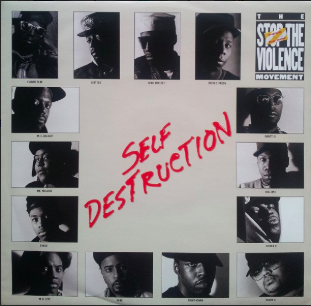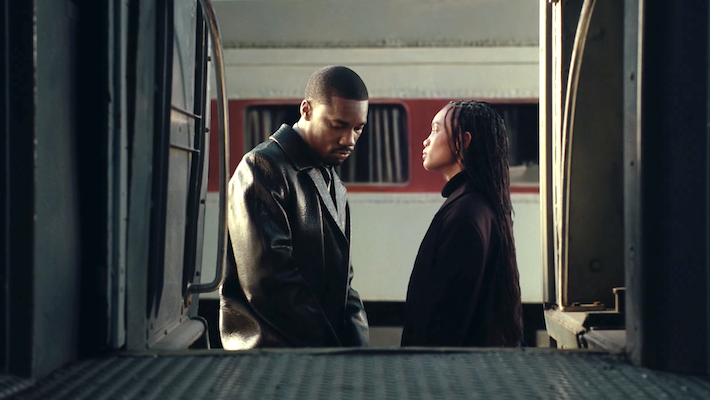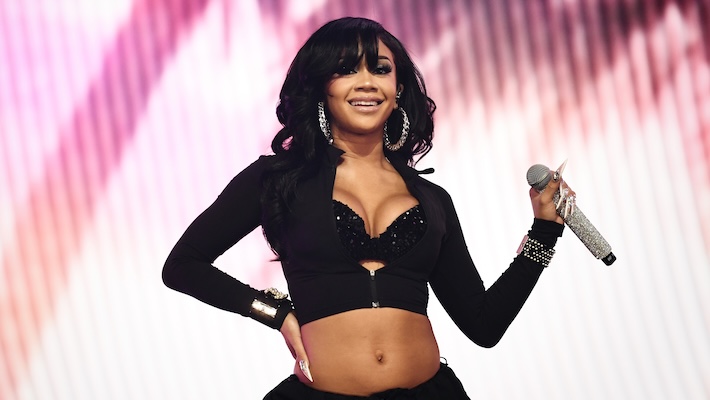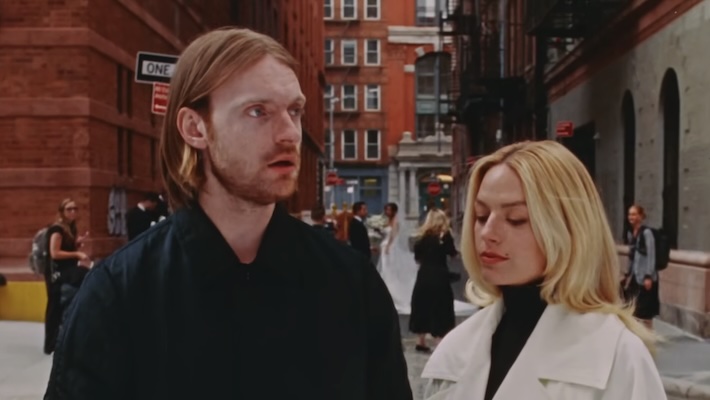Hip hop has always been a reflection of the times, a voice for the streets, and a movement that speaks truth to power. But in 1989, the culture did something truly revolutionary: it came together to take a stand against violence in its own community. That moment was immortalized in the track “Self Destruction”—a song that didn’t just shake the airwaves, it shook minds, including my own.
For those who lived through it, “Self Destruction” wasn’t just another song—it was a cultural moment, an urgent message delivered through the voices of some of hip hop’s greatest pioneers. The Stop the Violence Movement, spearheaded by KRS-One, united an all-star lineup of East Coast legends—Boogie Down Productions, Stetsasonic, Kool Moe Dee, MC Lyte, Doug E. Fresh, Heavy D, Public Enemy, and more—to drop knowledge and demand change.
The Power of the Message
Advertisement
At a time when violence was claiming the lives of young Black men at alarming rates, the song served as both a warning and a call to action. The tragic murder of Scott La Rock, a founding member of Boogie Down Productions, and the killing of a fan at a Boogie Down Productions/Public Enemy show in 1988 made the message hit even harder. KRS-One, always the teacher, knew that hip hop had the power to transform minds, and “Self Destruction” was born out of that necessity.
Hearing these voices, our favorite artists, come together on one track to denounce violence was powerful. These were the same artists we blasted on our boomboxes, the same MCs who shaped our slang, our fashion, and our worldview. When they spoke about the dangers of self-inflicted destruction, we listened.
Lyrics We All Memorized
One of the defining aspects of “Self Destruction” was that everyone knew the lyrics. It was more than just a song you played—it was a song you studied, internalized, and repeated with your friends. We weren’t just rapping along; we were absorbing the lessons, breaking down the rhymes, and understanding the responsibility that came with being part of hip hop culture.
From MC Lyte’s fierce bars—”Funky fresh, dressed to impress, ready to party
Money in your pocket, dyin’ to move your body
To get inside, you paid a whole ten dollars
Scotch taped with a razor blade taped to your collar”—to Chuck D’s booming voice reinforcing the urgency of the movement, every line hit with weight.
A Moment Bigger Than Music
Beyond its success on the charts—debuting at No. 1 on the first-ever Billboard Hot Rap Songs chart and holding that spot for ten weeks—“Self Destruction” raised over $100,000 for the National Urban League. More importantly, it proved that hip hop was bigger than beats and rhymes. It showed that the culture could mobilize for change, that it had the power to educate and uplift.
For me and so many others, “Self Destruction” was a revelation. It made us think about the consequences of violence in a way that few songs had before. It wasn’t glorifying the streets; it was challenging us to rise above them.
“Self Destruction” wasn’t just about that moment in time—it was about planting a seed, about shifting mindsets, about proving that hip hop can be a tool for empowerment.
More than 30 years later, it still stands as a blueprint for conscious rap, a reminder that the culture holds the power to change the world. And for those of us who grew up on it, it’s a song that still gives us chills, because we remember what it felt like to hear our heroes speak directly to us.
Classic. Forever.




